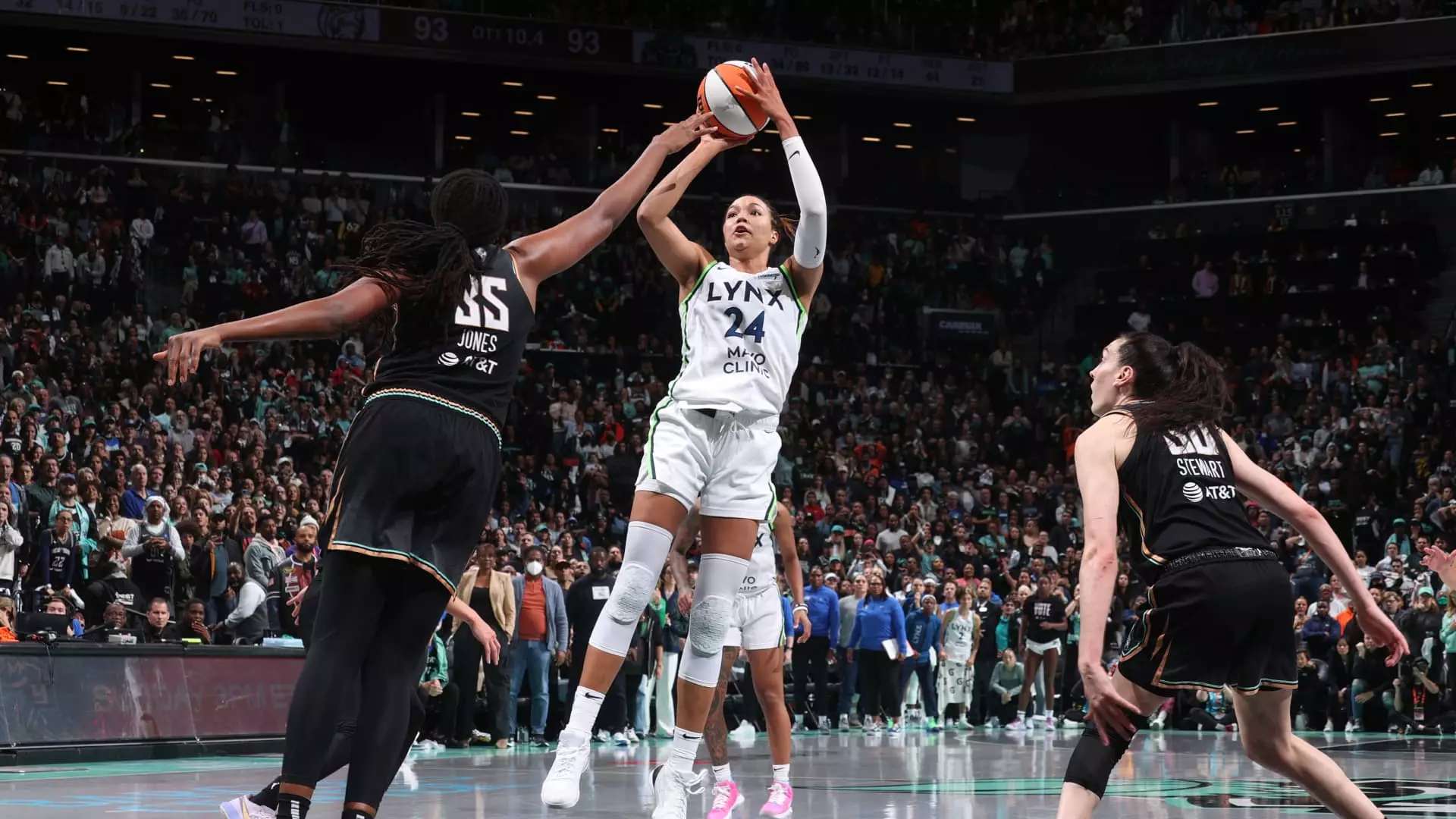The Women’s National Basketball Association (WNBA) stands on the brink of a transformative era, promising fans an exhilarating season in 2025. During a noteworthy press conference, WNBA Commissioner Cathy Engelbert unveiled a series of significant adjustments, the most prominent being the extension of the regular season from 40 to 44 games. This expansion not only increases the number of matchups but also enhances the overall experience for basketball enthusiasts eager to witness their favorite stars in action. Moreover, the Finals series will evolve from a five-game to a seven-game format, a change expected to raise the stakes and intensify competition.
Engelbert highlighted the new playoff structure, which will follow a 2-2-1-1-1 format for home games, elevating the importance of each match. This redesign of the postseason reflects a broader evolution within the league, echoing both the recent surge in popularity and the logistical advancements, such as charter flights for teams. These adjustments come at a pivotal moment when WNBA basketball is capturing the attention of a more significant audience than ever before.
Alongside the heightened game schedule, the league will also welcome a new franchise, the Golden State Valkyries, as its thirteenth team in 2025. Additionally, plans for two more expansion teams, set to debut in Toronto and Portland in 2026, underscore the WNBA’s relentless growth trajectory. These expansions reflect a conscious effort to extend the league’s reach and popularity, targeting regions ripe for basketball development.
The influx of new teams introduces fresh excitement, creating opportunities for more athletes to showcase their talents on a national platform. Engelbert’s commitment to expanding the league is rooted in its recent achievements, including a historic media rights deal valued at $2.2 billion over the next eleven seasons, signifying a robust interest from corporate partners and advertisers in women’s sports.
The increasing media rights deal parallels a swell in viewer engagement and attendance numbers, with the 2024 season yielding record-breaking figures. The rise in popularity can be attributed to both the emergence of exceptional rookies, such as Caitlin Clark and Angel Reese, and the continued excellence of established stars like Breanna Stewart and A’ja Wilson. These players have not only redefined the game on the court, but have also become prominent faces of women’s basketball, inspiring a new generation of fans and participants alike.
As the league grows, so does the attention surrounding the challenges its players face. Reports of racism and online harassment have increasingly surfaced, casting a shadow over the sport’s success. Engelbert’s mixed responses during interviews raise critical questions about the organization’s stance on these pressing social issues. While the commissioner has acknowledged and condemned hatred and racism, the path forward requires a more decisive approach to support players and foster a culture of inclusivity.
The WNBA’s expansion is reflective of a broader trend in women’s sports, garnering interest from media executives and investors. Leaders from prominent firms are identifying unprecedented opportunities in the realm of women’s athletics, which could signal a fundamental shift in how these sports are perceived and valued. This aligns with the growing recognition of women athletes as legitimate sports icons, a movement that resonates far beyond the basketball court.
As the WNBA Finals unfold between the Minnesota Lynx and the New York Liberty, current excitement serves as both a celebration of the game’s present and a prelude to its future. With the Lynx currently leading the series 1-0, fans are reminded of the enduring thrill basketball offers, one that will only be amplified by the WNBA’s upcoming changes.
The adaptations being made for the 2025 season represent a significant leap forward for the WNBA. As the league continues to evolve, its ability to captivate audiences and promote athletic excellence will define its legacy, making this an exciting chapter in the history of women’s sports.

